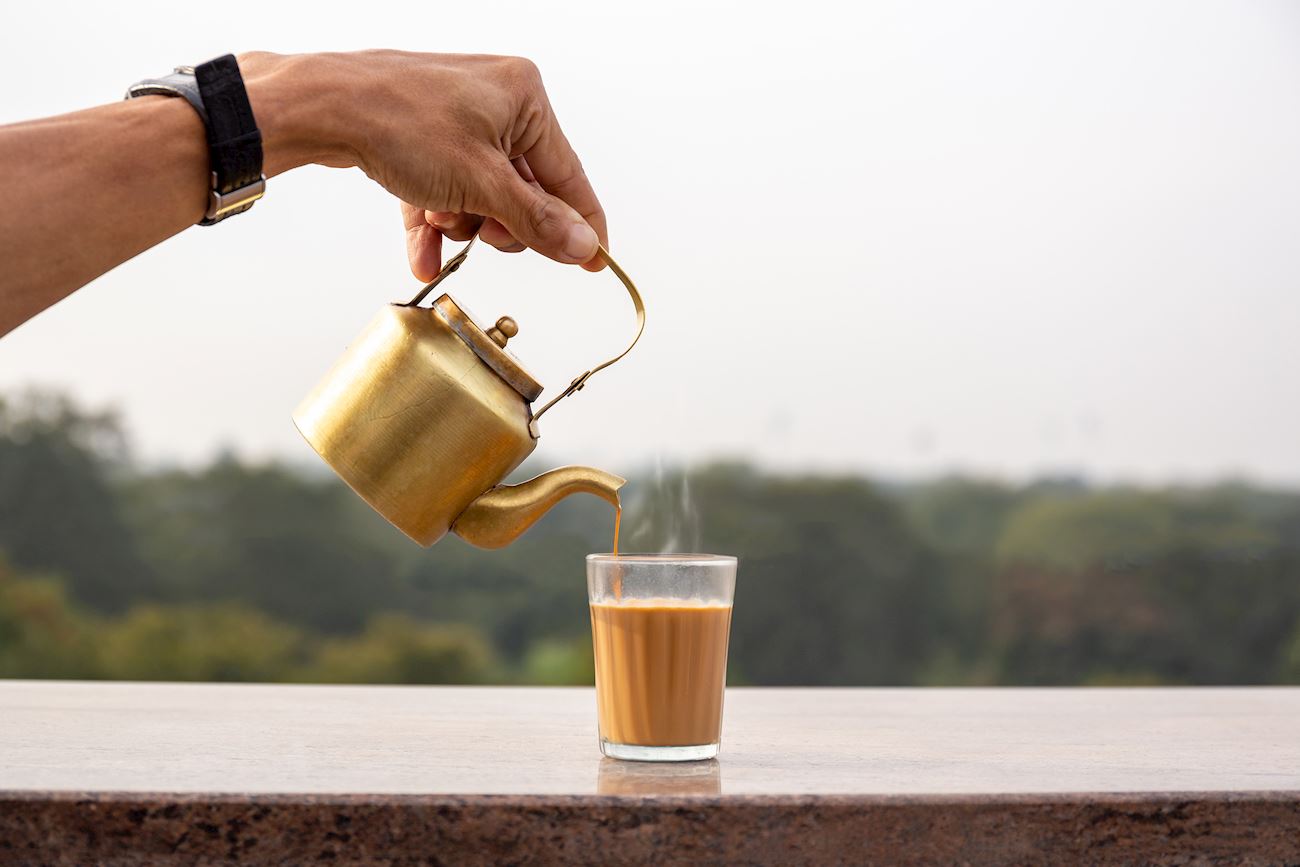- Suneel Mekala
- June 2025
- Uncategorized
In every steaming cup of kadak cutting chai, India’s vibrant tea story takes form—rich in flavor, culture, and booming economic momentum. From its humble origins to becoming a global powerhouse, here’s how the nation’s beloved beverage is making waves on and off the shelf.
Cultural Icon Meets Global Commodity
🔸Black tea dominates India’s brew culture—about 39% of the market in 2024—and continues to drive both domestic habit and export strength.
🔸 India ranks as the world’s second-largest producer and has risen to third in global tea exports, shipping nearly 255 million kg in 2024—a 10% year-on-year surge.
🔸 The export revenue touched a record ₹7,111 crore (~$860 million) in 2024, bolstered by strong demand in Russia, Iran, Iraq, and the UAE.
Why Prices Are Climbing
🔸 In 2024, India’s tea output dropped ~7.8% to about 1,284 million kg, largely due to heatwaves and floods in Assam—India’s top-producing state.
🔸 A tighter supply plus strong demand pushed domestic prices nearly 18% higher, averaging ₹198/kg.
🔸 The global appetite, especially for premium orthodox Assam teas, is expected to maintain this pricing strength.
Challenges on the Horizon
🔸Climate extremes are disrupting yields: May’s drought-like spells followed by June floods in Assam’s Barak Valley alone could wipe out up to 40% of the crop, threatening the second flush harvest.
🔸Sustainability hurdles loom large as new EU regulations limit chemical pesticides like Thiamethoxam and Clothianidin—used widely in Assam—to extremely low residue levels by 2026.
🔸 The Indian tea industry has sought transitional periods and is exploring approved alternatives via TRA‑Tocklai and Tea Board initiatives.
From Teapots to Techpots
🔸 Innovation is hitting the tea fields. AI-led machines, like the FLC fine-leaf counting tool, are revolutionizing quality control—speeding up grading and boosting accuracy.
🔸 Digital transformation—from blockchain for traceability to online platforms and D2C brands—is reshaping how tea reaches consumers.
Premium, Organic & Experiential
🔸Green, herbal, and specialty teas are seeing strong growth: health-conscious blends with turmeric, tulsi, or ashwagandha are gaining traction.
🔸 The organic tea segment (just ~$25 million in 2024) is projected to grow at a blazing ~15.8% CAGR through 2030.
🔸 Tea tourism is bubbling with promise. Regions like Darjeeling, Assam, Nilgiri, Kangra—and now lesser-known estates—are inviting tourists for immersive tea trails.
Institutional Backbone & Farmer Welfare
🔸 The Tea Board of India and Tocklai Research Association continue supporting producers through modernization schemes (TDPS), small-grower collectives, and export facilitation.
🔸 Government outreach—like Agriculture Minister Shivraj Singh Chouhan’s visit to Assam’s Hatikhuli estate—emphasizes worker welfare and global outreach.
Final Brew
India’s tea narrative is steaming ahead on multiple fronts: higher global ranking, pricing power, innovative tech adoption, premium/organic expansion, and resilience-building against climate and regulatory shocks. All this energy comes in every kadak, cutting chai—where tradition meets tomorrow.
👉 Bottom line: The next time you sip that rich, strong chai, know that you’re tasting more than flavor—you’re drinking into a dynamic industry that’s steeping in growth, innovation, and global ambition.

